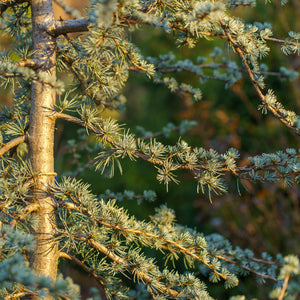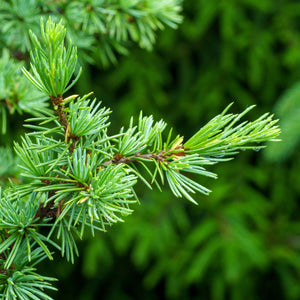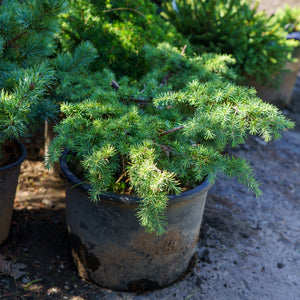The Cedar Guide
Cedar trees (Cedrus) are majestic, long-lived evergreens that bring architectural interest and year-round greenery to the landscape. Known for their layered branches, aromatic wood, and silvery to blue-green needles, true cedars are native to mountainous regions in the Mediterranean and the western Himalayas. These conifers make a bold statement as specimen trees and serve as focal points in expansive landscapes. With graceful, sweeping habits or upright, formal forms, cedars lend character and structure to parks, gardens, and estates.
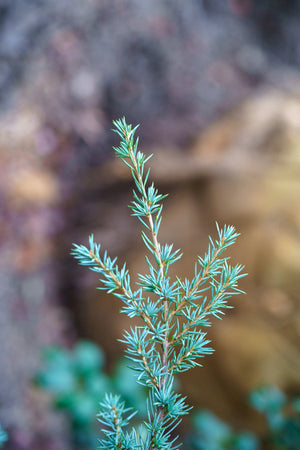
About
The genus Cedrus belongs to the Pinaceae family and includes four primary species: Cedrus atlantica (Atlas Cedar), Cedrus deodara (Deodar Cedar), Cedrus libani (Lebanon Cedar), and Cedrus brevifolia (Cyprus Cedar). These are true cedars, distinct from many North American trees colloquially called "cedar," such as Thuja or Juniperus.
Atlas Cedars, like Cedrus atlantica 'Glauca' and Cedrus atlantica 'Glauca Fastigiata', are prized for their shimmering blue-green foliage and strong pyramidal structure. Weeping forms like Cedrus atlantica 'Glauca Pendula' and Cedrus atlantica 'Blue Cascade' offer dramatic cascading silhouettes that command attention in garden settings. Cedrus deodara 'Feelin' Blue' and Cedrus deodara 'Prostrate Beauty' serve as ground-hugging alternatives for slopes and retaining walls.
Lebanon Cedar (Cedrus libani) and its cultivars, such as Cedrus libani 'Beacon Hill' and Cedrus libani var. stenocoma, are slower growing but develop into wide, spreading trees with flat-topped canopies that resemble the iconic cedars of the Middle East.
Cedar trees are valued for their beauty, longevity, and symbolic significance. Their size and form make them an exceptional focal point in large-scale plantings.
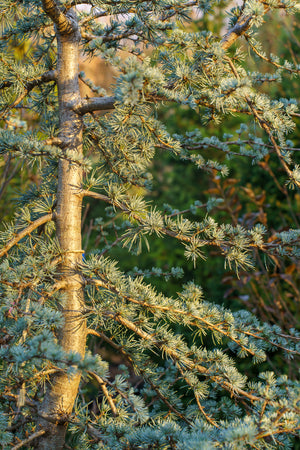
PLANTING
Cedar trees require space and proper conditions to thrive. With thoughtful planting, they will reward the landscape with decades—if not centuries—of beauty.
- USDA Hardiness Zones: Most cedar species are hardy in Zones 6–9. Some cultivars, such as Cedrus deodara 'Kashmir', have better cold tolerance and may grow in Zone 5 with protection.
- Soil: Prefers well-drained, slightly acidic to neutral soil. Avoid clay-heavy or poorly drained sites. Amending soil with compost can aid establishment.
- Sunlight: Requires full sun to partial sun. These trees need direct light to develop strong structure and maintain healthy growth.
- Watering: Water regularly during the first few growing seasons to establish a deep root system. Mature trees are drought-tolerant but benefit from deep watering during prolonged dry spells.
- Spacing: Allow ample space for spread. Upright varieties like Cedrus atlantica 'Glauca Fastigiata' may be planted 10–15 feet apart, while broader types like Cedrus deodara need 20–30 feet or more.
- Planting Time: Best planted in early spring or fall to avoid extreme temperatures and help roots establish before peak summer or winter conditions.
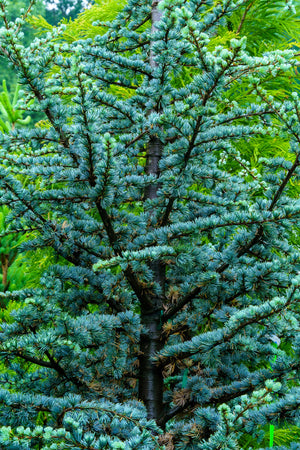
CARE
Cedar trees are generally low-maintenance once established, but some care is needed to encourage strong, healthy growth.
- Watering: Ensure consistent moisture during the first 2–3 years. Mature cedars typically require little supplemental water.
- Fertilizing: Fertilize in early spring with a balanced, slow-release fertilizer to encourage steady growth. Avoid excessive nitrogen.
- Pruning: Prune dead, broken, or crossing branches in late winter or early spring. Limit major shaping as cedars do not respond well to heavy pruning. For weeping varieties, guide branches to shape their habit.
- Mulching: Apply a 2–3 inch layer of mulch to conserve moisture and protect the root zone, avoiding contact with the trunk.
- Pests & Diseases: Generally pest-resistant but can be affected by root rot in poorly drained soils. Aphids and scale insects may occasionally appear.
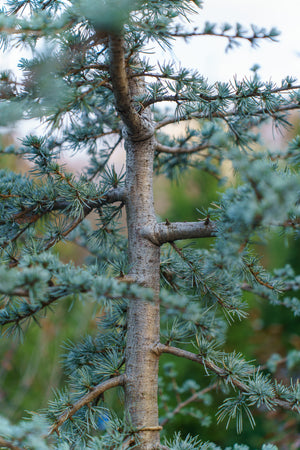
HOW TO USE
Cedar trees can elevate any landscape with their stature and grace. Their size and form make them excellent choices for defining views or creating shade.
- Specimen Trees: Use towering cultivars like Cedrus atlantica 'Glauca' or Cedrus deodara 'Karl Fuchs' as dramatic standalone features.
- Focal Point Plantings: Weeping or uniquely shaped forms like Cedrus atlantica 'Glauca Pendula Serpentine' add sculptural interest and work well in front yards or public gardens.
- Evergreen Screens: Upright cultivars such as Cedrus atlantica 'Argentea Fastigiata' can be used for tall, narrow screening.
- Rock Gardens & Slopes: Low-growing cultivars like Cedrus deodara 'Feelin' Blue' are ideal for cascading over walls or filling large rock gardens.
- Mixed Borders: Pair with ornamental grasses, flowering shrubs, or perennials to contrast the fine needles and evergreen presence.
Cedar's elegant silhouette, evergreen nature, and commanding form make it an ideal focal point in both formal and naturalistic designs.
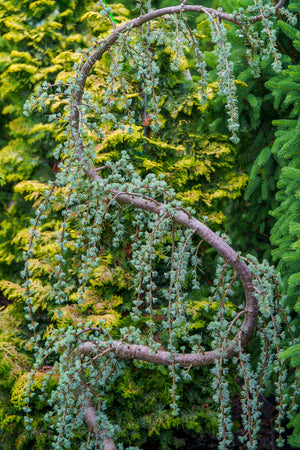
Common Questions
- What does a cedar tree look like? True cedars have horizontal, tiered branching, needle-like leaves in clusters, and often a central leader that forms a pyramidal or spreading crown depending on the species.
- How fast do cedar trees grow? Growth rates vary. Cedrus deodara grows faster (1–2 feet per year) compared to Cedrus libani, which grows more slowly.
- Where do cedar trees grow? Cedars thrive in temperate climates and well-drained soils. They're suited to the western U.S., mid-Atlantic, and parts of the Southeast.
- How to trim cedar trees? Prune only to remove dead or crossing branches. Avoid heavy pruning or topping, which can damage the tree's structure.
- How long do cedar trees live? Cedar trees are exceptionally long-lived and can live for hundreds of years in ideal conditions.
- How tall do cedar trees grow? Mature height depends on species: Cedrus deodara can reach 70 feet or more; Cedrus libani may exceed 100 feet; dwarf or weeping cultivars remain much shorter.
- Is a cedar tree a pine tree? No. Cedars and pines are both conifers in the Pinaceae family, but they belong to different genera. Cedars are in the Cedrus genus, while pines are in Pinus.
- Do deer eat cedar trees? Cedar trees are moderately deer-resistant. Deer may browse young foliage but typically leave mature trees alone.
- Is a cedar tree an evergreen? Yes, all true cedars are evergreen, providing foliage year-round.
Conclusion
Cedar trees offer lasting beauty and architectural impact, making them a valuable addition to large landscapes. From upright pyramidal forms to weeping cascades, their adaptability and evergreen foliage make them ideal for creating focal points, defining boundaries, or anchoring spacious gardens. Whether you're planting a dramatic Cedrus atlantica 'Glauca' or cascading Cedrus deodara 'Feelin' Blue', a cedar tree delivers timeless structure and distinction.
The Cedar Collection
Sold Out

